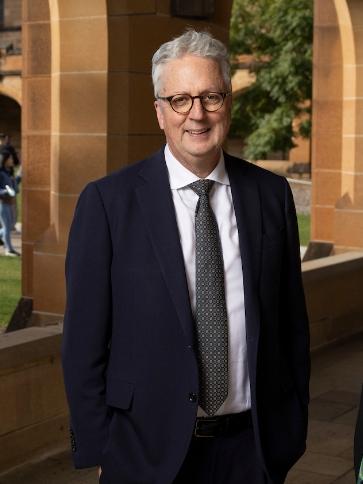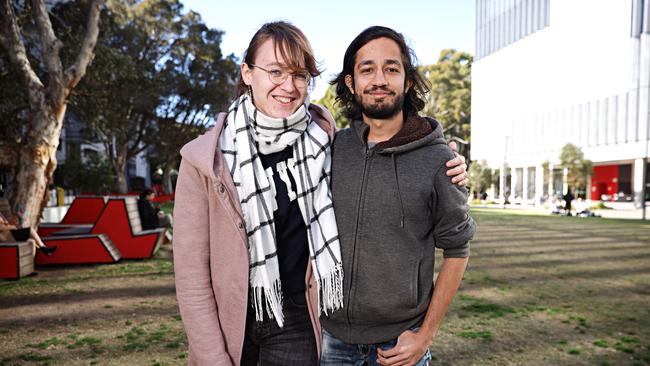QS World University Rankings 2024: USYD, UNSW neck and neck in global top 20
Two Sydney universities have soared up the global charts and straight into the top 20. See the full list of the university world rankings.
Education
Don't miss out on the headlines from Education. Followed categories will be added to My News.
Two Sydney-based universities have soared up the global charts and straight into the top 20 institutions in the world, in an “unprecedented” result for Australian higher education.
The University of Sydney (USYD) and University of New South Wales (UNSW) have tied for 19th place in the prestigious 2024 QS Quacquarelli Symonds World University Rankings, ranking 22 and 26 spots higher, respectively, than last year.
A major shake-up to QS’s ranking methodology, one the company describes as its most significant in 20 years of publication, is largely responsible for the massive leap for both institutions after criteria such as sustainability and research network were factored in for the first time.
Australian unis perform highly in the two new factors, but fall down in academic reputation – for which the weighting has this year been reduced – and student to teacher ratios.
USYD earned near top marks for sustainability (99.7 per cent) but scored just 11.8 per cent on ratios.
“Coincidentally, our enhanced methodology focuses more on areas where Australian universities excel while reducing the emphasis on an area where they have room for improvement,” a QS spokesperson said.
“Nevertheless, our rankings unequivocally indicate that even with a reduced emphasis, achieving an optimal faculty-to-student ratio remains an important aspect for world-class universities to strive towards.”
Vice Chancellors of USYD Mark Scott and UNSW Attila Brungs have hailed the results as a huge coup for Sydney and greater recognition of Australian academic excellence.
“It affirms Sydney’s reputation as being a great global city for higher education,” Professor Scott said.
“We know our research is world-class and the education our students receive at universities across Australia is amongst the best in the world, and this outcome is a testament to that.”
Professor Brungs said he was “delighted” by the opportunity to highlight his university’s social impact.


“Sharing this positioning with the University of Sydney strengthens Sydney’s reputation as a world-leading city for higher education and is an outstanding endorsement of the overall impact our work and research have locally and around the world,” he said.
Other major NSW universities also improved their global ranking, including the University of Wollongong which increased its standing to 162nd, and the University of Newcastle which came equal 173rd. Western Sydney University jumped a massive 126 places to 375th overall, after failing to place in the top 500 in 2023.
UNSW’s reputation for research, renewables and expert mathematicians called PhD students Abhinav Sharma and Eva-Maria Hekkelman from across the oceans.

26-year-old solar researcher Sharma has previously studied at 6th ranked Imperial College in London, but abandoned his year at a Chicago university when he scored a place at UNSW.
“In terms of academic facilities and research, I think UNSW has a lot to offer. We have so many different research centres that bring a level of variety to the PhD (experience),” he said.
“I did an undergrad degree and a Master’s in the Netherlands, so I came here specifically for the PhD,” 24-year-old pure mathematics researcher Hekkelman said.
“(My supervisor) is a well-known name in this field, and that’s what I really came for. All the mathematicians in my previous university were just kind of stuffed into one hallway, and here there’s a whole building.”
USYD biomedical engineering student Ellen Gibbs was not surprised at all to see her uni in the top tier globally.
“I chose it partly because here my degree was four years, whereas at other unis it was five. It’s a beautiful campus, and I heard good things about the engineering courses here,” the 22-year-old said.
“Generally (my teachers) are good, but there’s some exceptions.”





